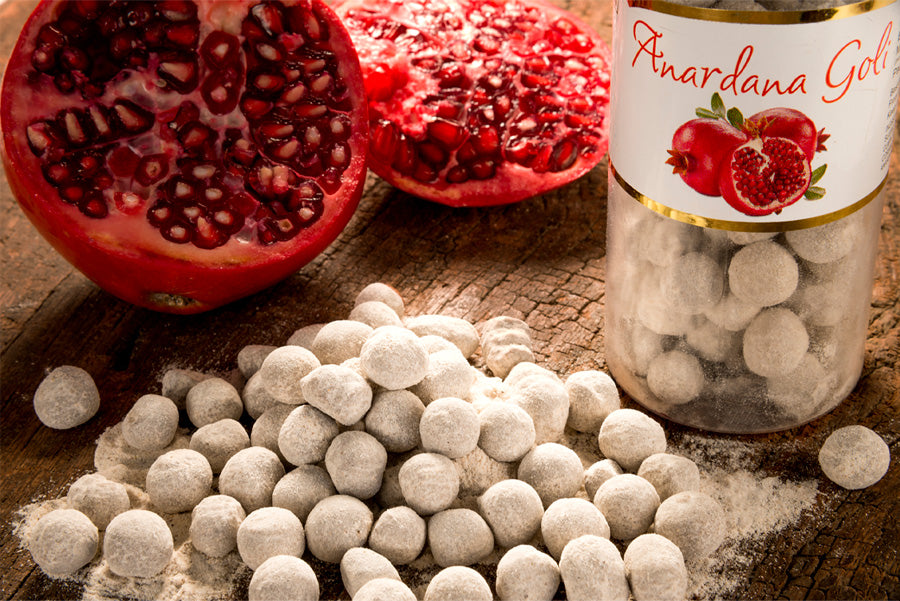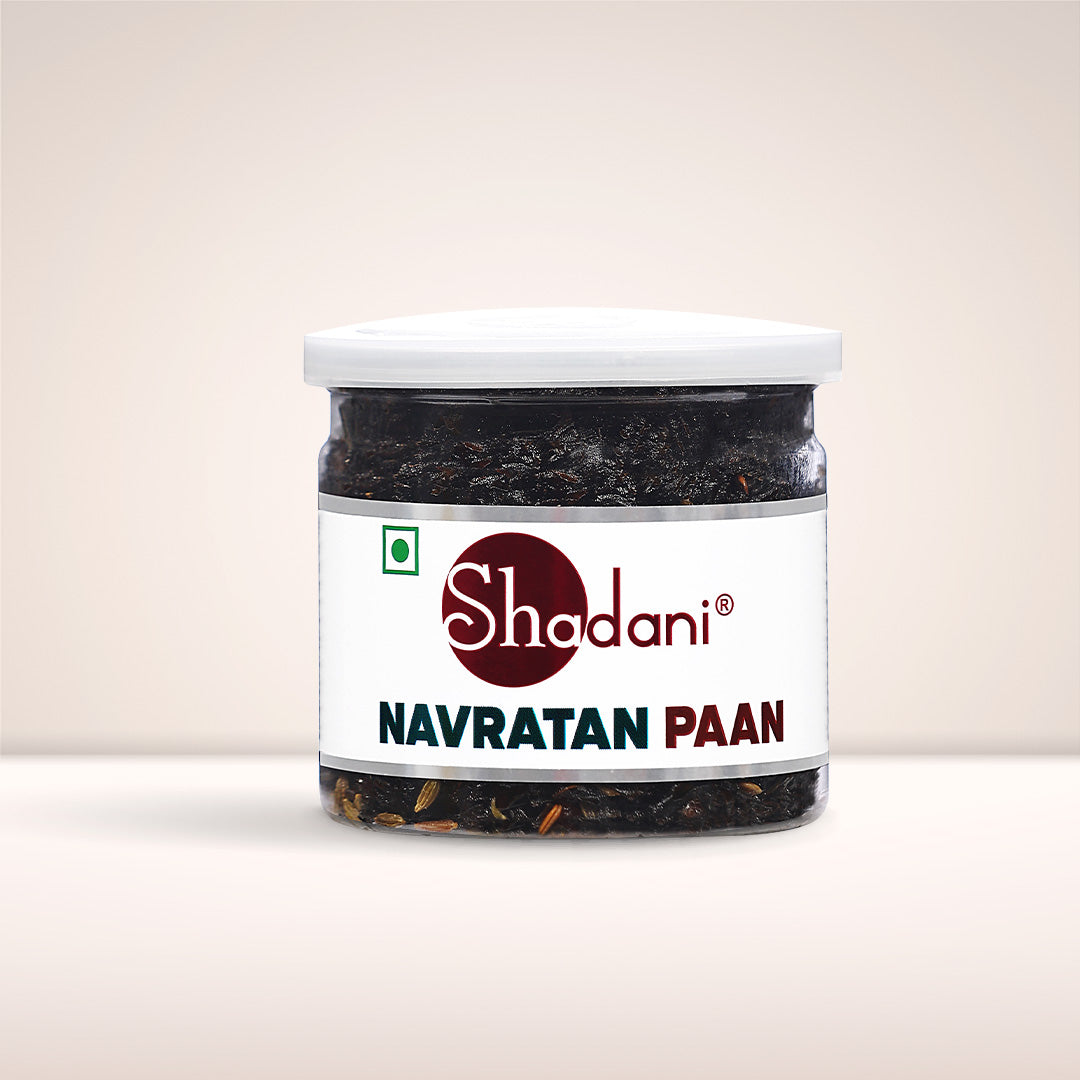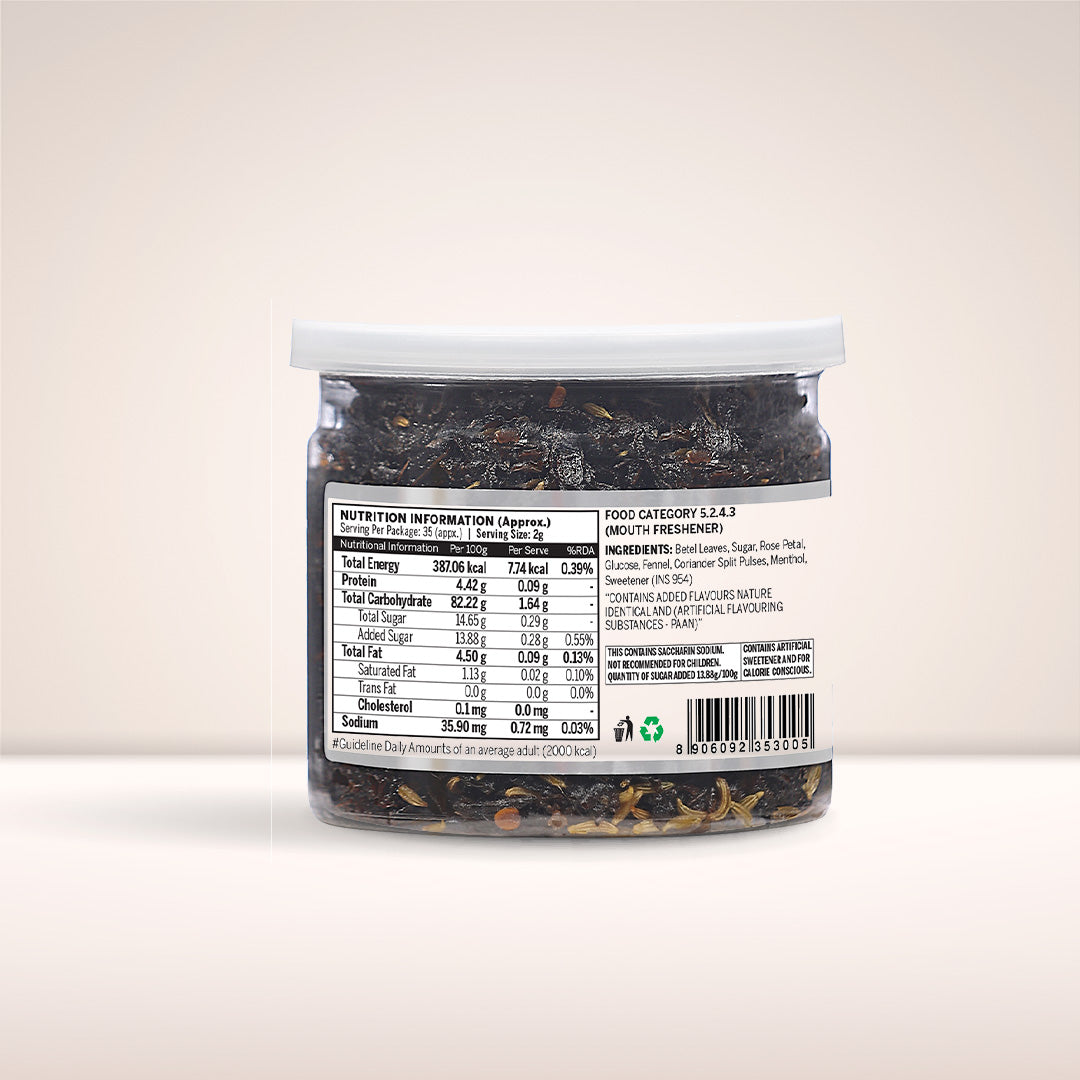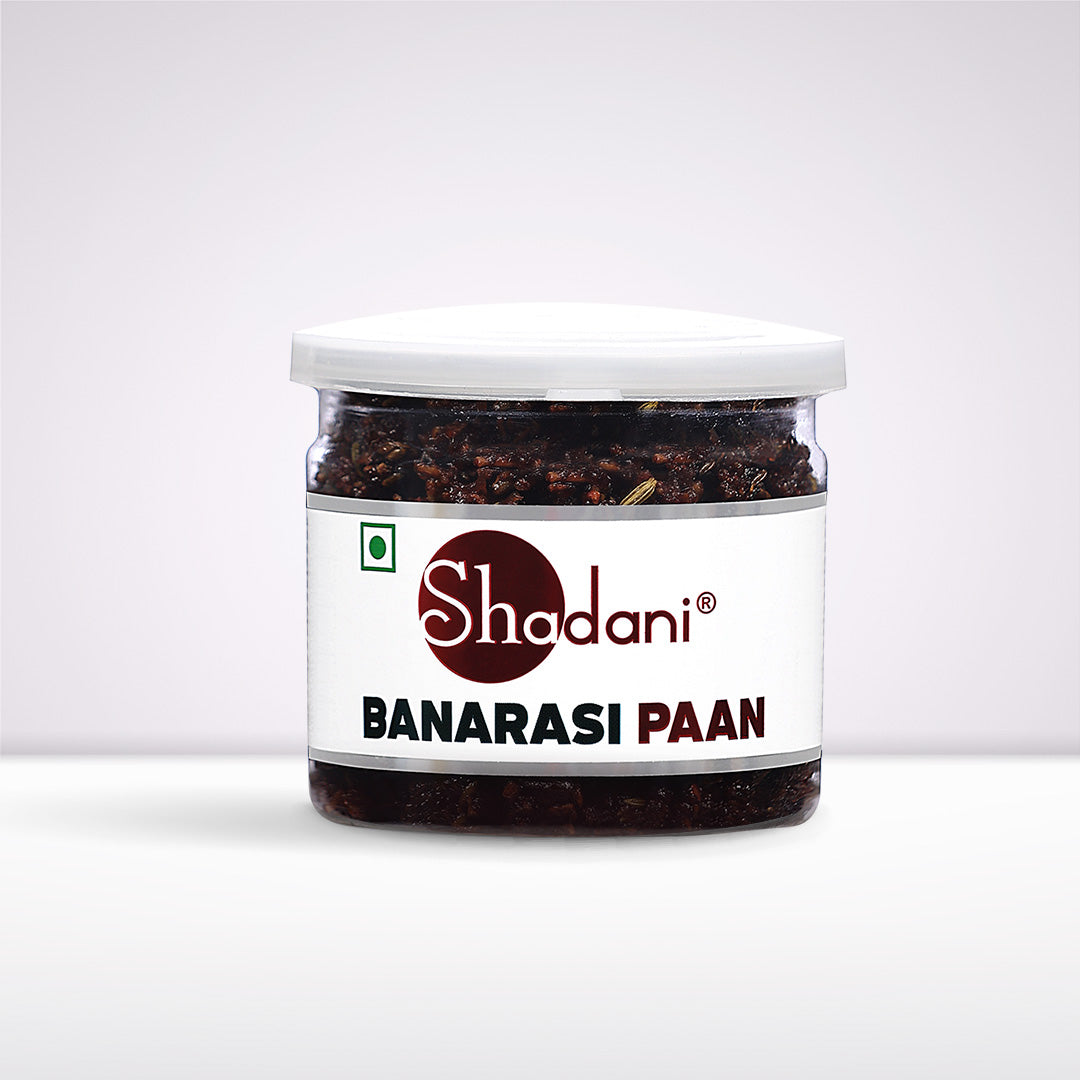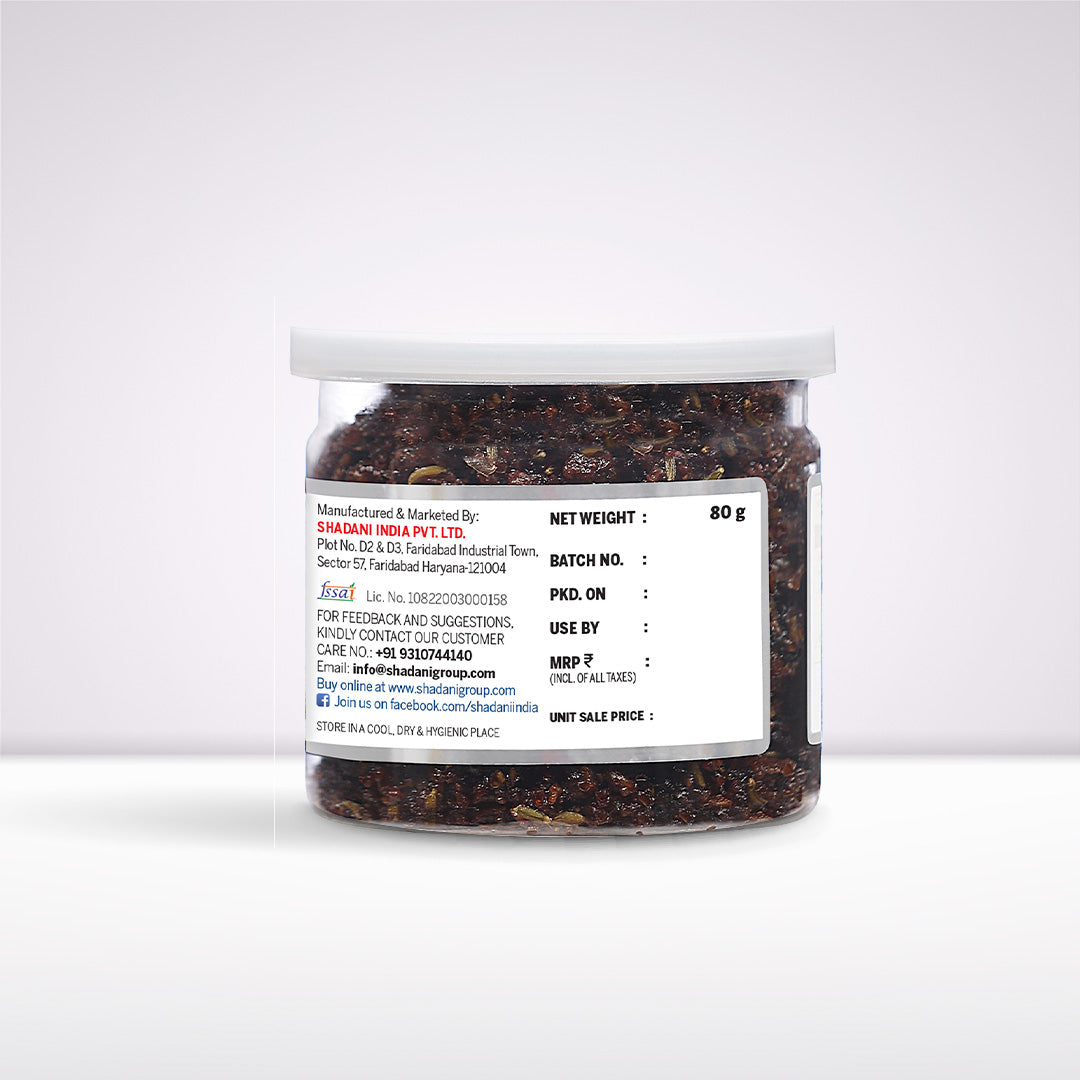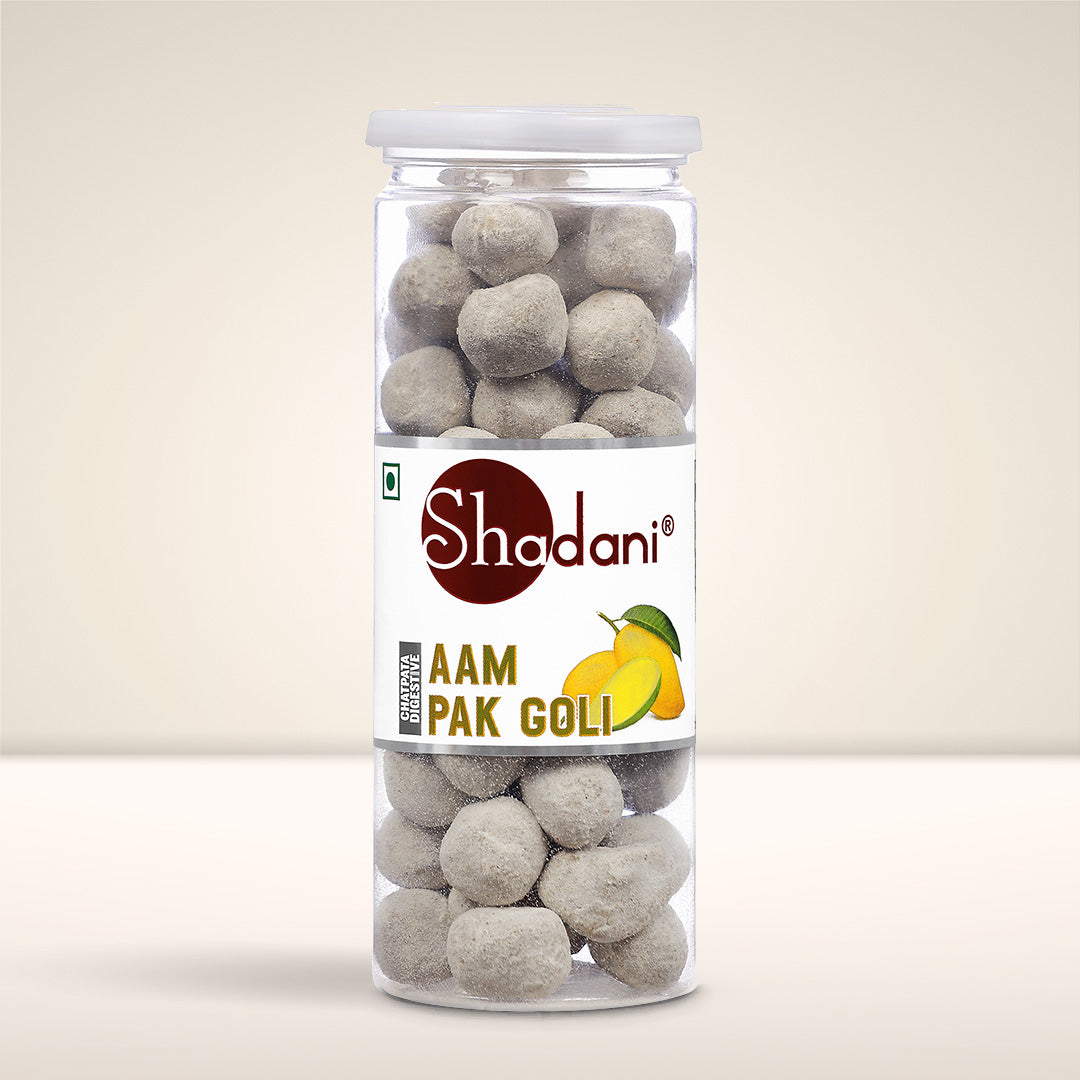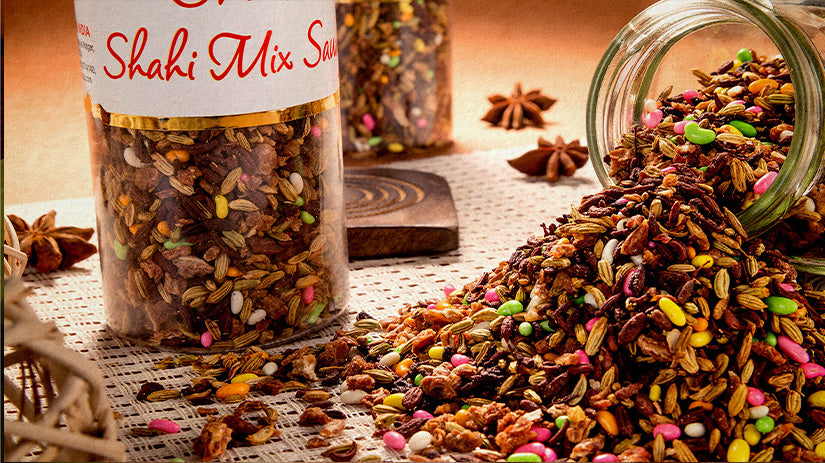
Exploring the Charms of Traditional Mouth Fresheners

Title: Exploring the Charms of Traditional Mouth Fresheners

Introduction
Across cultures and generations, the act of enjoying a meal is often accompanied by the desire for a refreshing breath. In pursuit of this, traditional mouth fresheners have been cherished for centuries, not just for their aromatic qualities but also for the cultural significance they hold. These age-old remedies offer a glimpse into the rich tapestry of heritage and the remarkable ways in which simple ingredients can transform a meal's aftermath. In this blog, we take a journey into the world of traditional mouth fresheners, unveiling the cultural traditions, health benefits, and the aromatic symphony they bring to the table.
Cultural Heritage and Significance
Traditional mouth fresheners have deep roots in various cultures around the world. Whether it's the paan from India, fennel seeds from the Middle East, or betel nuts from Southeast Asia, these offerings hold cultural significance that transcends their breath-freshening properties. They often play a role in social gatherings, rituals, and celebrations, symbolizing hospitality, camaraderie, and a shared sense of tradition.
Natural Aromatics and Benefits
The heart of traditional mouth fresheners lies in their natural ingredients. A blend of spices, herbs, seeds, and nuts is often meticulously combined to create a harmonious medley of flavors and aromas. These components not only leave a refreshing aftertaste but can also offer digestive benefits. Fennel seeds, for example, are known to aid digestion, while cardamom offers a hint of minty freshness along with its potential soothing properties.
Balancing Act: Taste and Health
Traditional mouth fresheners embody the delicate balance between taste and health. They offer a satisfying conclusion to a meal by soothing the palate and promoting digestion. Additionally, some ingredients boast antibacterial properties, which may contribute to oral health by inhibiting the growth of harmful bacteria. This holistic approach to wellness is a reminder that these age-old practices have wisdom that endures through time.
Sensory Experience: Aromatic Symphony
Mouth fresheners are more than just a means to freshen the breath; they are a sensory experience that engages multiple senses. The sound of cracking open a cardamom pod, the aroma of cloves, and the burst of flavor from a chewed betel leaf create a multisensory symphony that enhances the overall dining experience. This engagement of senses adds an element of mindfulness to the act of freshening one's breath.
Passing Down Traditions
Traditional mouth fresheners hold the power to connect generations and bridge the gap between the past and present. Sharing these practices with younger family members not only imparts cultural heritage but also underscores the importance of mindful eating and self-care. As the world evolves, these practices act as threads that weave the fabric of time, reminding us of our roots and the beauty of simplicity.
Conclusion
Traditional mouth fresheners are more than mere breath enhancers; they are cultural treasures that encapsulate history, flavor, and wellness. Their ability to refresh the breath while paying homage to tradition is a testament to their enduring charm. As we continue to explore diverse culinary experiences, let's not forget the elegance and authenticity that traditional mouth fresheners bring to our tables – a reminder that the simplest of practices can enrich our lives in the most meaningful ways.

